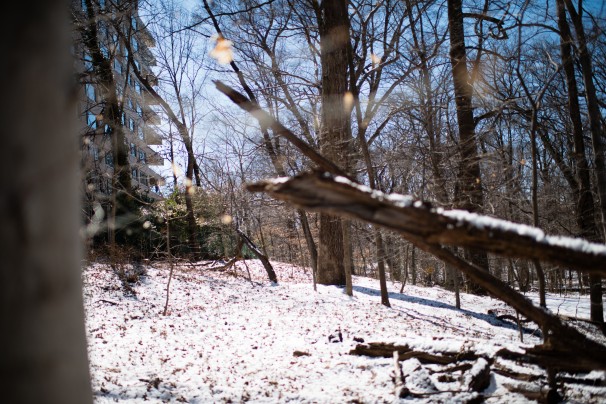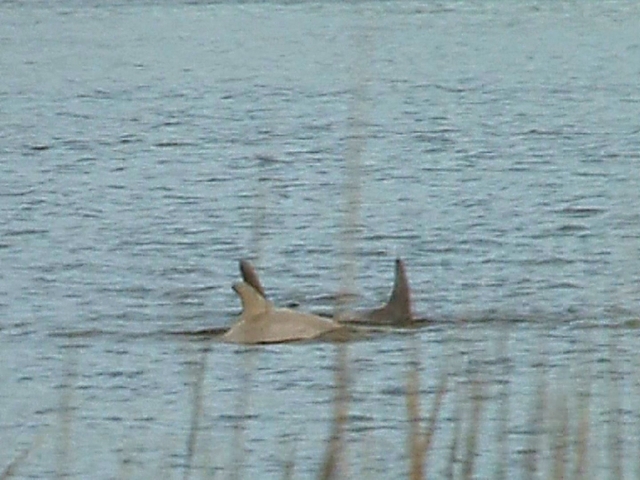
© Sarah L. Voisin/The Washington PostAnimals including a goat, chickens and pigeons were found near this area with their throats slashed.
Animal welfare officials are investigating whether a religious or ritualistic practice was behind the death of nine animals - six chickens, a pygmy goat and two pigeons - whose carcasses were found along an isolated path of Rock Creek Park in the District.
Some of the animals had been decapitated. Some still had their heads, but their throats had been slashed. Investigators believe they were killed elsewhere and dumped in the park.
"They were sacrificed and left there," said Scott Giacoppo, a vice president with the Washington Humane Society.
The carcasses were taken Wednesday to a laboratory in Virginia for necropsies. Veterinarians and investigators will look for clues that could point to a specific group or individual.
But what was done to the animals may not be a crime - if they were killed in a humane way.
"You have to do it in one fell swoop," Giacoppo said. "It has to cause instantaneous death. Anything short of that we can argue, is cruelty, and [we can] prosecute."
The animals were found Tuesday afternoon by a person walking along the path in a section of park in the 3500 block of 17th Street NW, near Piney Branch Parkway. The area sits behind a large apartment complex.

